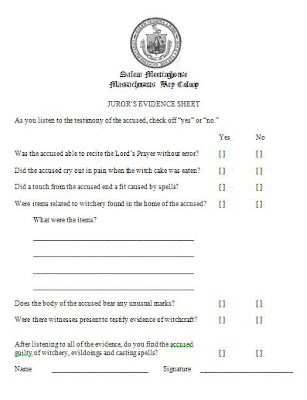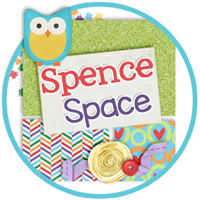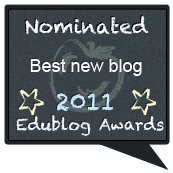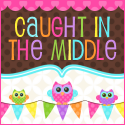To introduce the topic, I sent each student home with a "top secret" note in an envelope explaining their role for Monday's mock trial. I didn't tell them we would be having a trial as I wanted to pique their curiosity with the letters. I also told them that they were not allowed to share the contents of their letter with anyone else.
In each class, two "secret" students were selected to be witnesses against the accused, one person was the accused witch, and everyone else served as jurors. The jurors and the accused were only given vague instructions about when and where to appear and to keep their assignments secret, but the witnesses received secret directions about how to behave based on real testimony from the trials.
Images of the letters are shown below:
On trial day, I checked in with the witnesses to make sure they understood the expectations (and limitations) of what they could do during the trial. I put on my trusty judge's robe and asked the accused questions based on real tests and evidence used during the trials. The jurors observed and tracked the evidence on their checklist, shown below. At the end of the simulation, the jurors and the judge decided the fate of the accused. Needless to say, the accused were pretty much always found guilty.
Though the activity lasted only about 15 minutes -- and given the rambunctious nature of it, I wouldn't want it to last much longer -- it was a great introduction to the topic. Over the next few days, we watched a documentary video about the trials and the possible causes for the hysteria. We created a graphic organizer sorting the various potential causes including scientific, psychological, cultural and historical factors that contributed to the panic.
All in all, I think this type of simulation and analysis was a great way to reflect on and engage in the literary experience they had earlier in the year.












